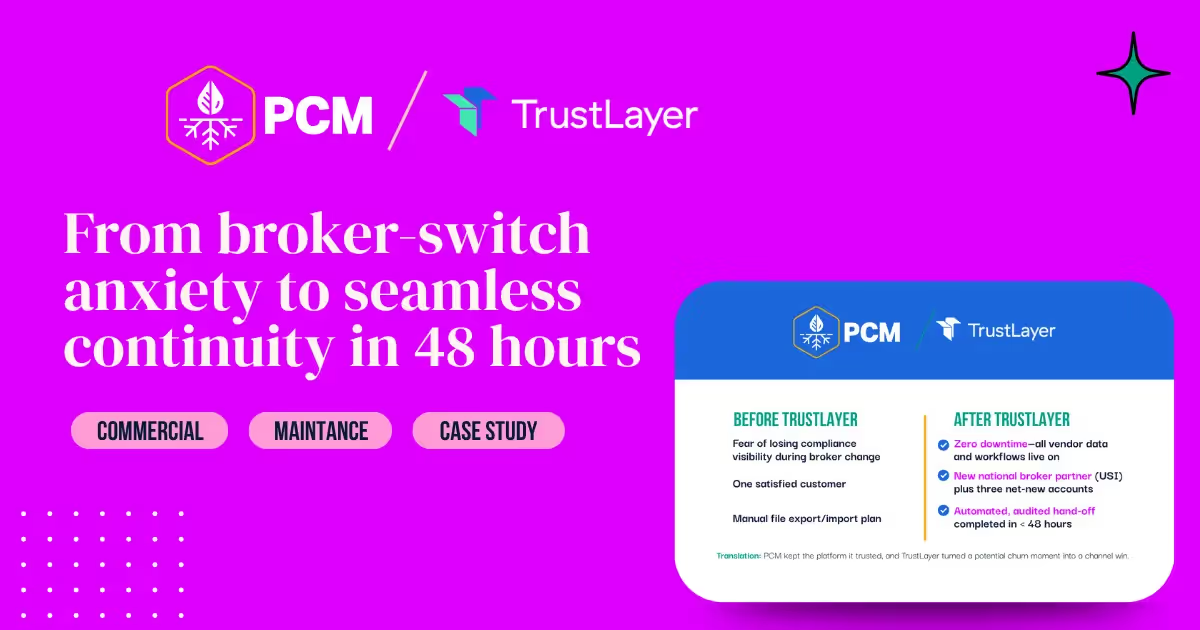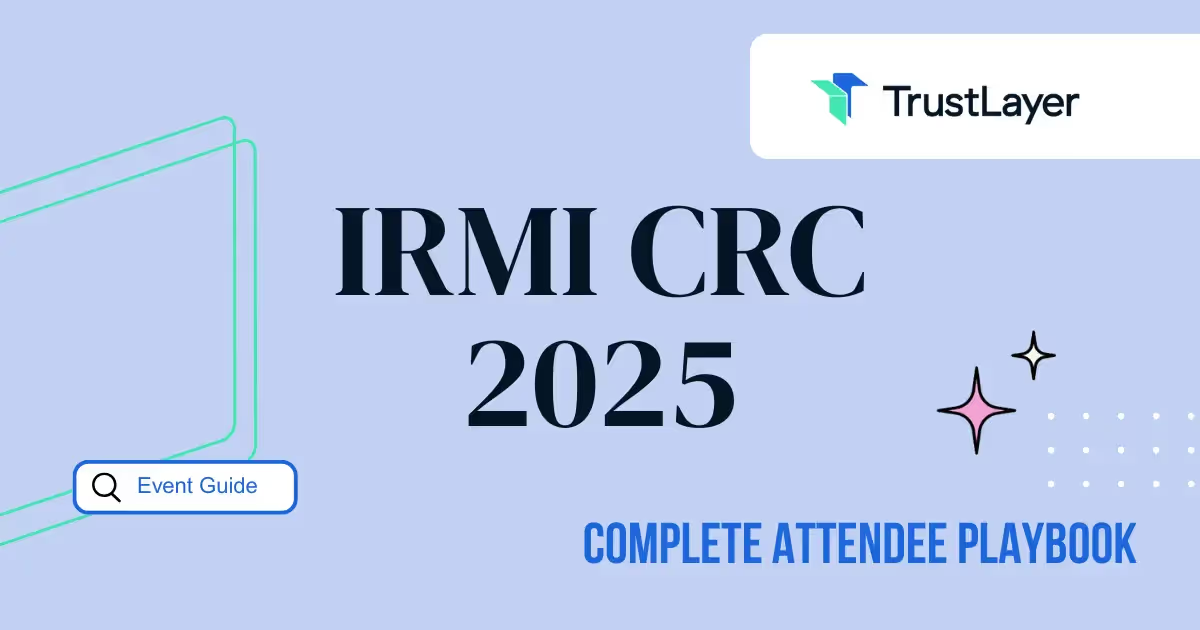How to Choose the Best Insurance Management System for Your Business

In today's digital era, having an effective insurance management system is crucial for businesses of all sizes. With the abundance of options available in the market, it can be overwhelming to choose the right one for your specific needs. This guide will walk you through the process of selecting the best insurance management system for your business and help you avoid common pitfalls along the way.
Understanding Insurance Management Systems
Before diving into the selection process, it's essential to have a clear understanding of what insurance management systems are and how they can benefit your business. Insurance management systems are software solutions designed to streamline and automate various insurance-related processes, such as policy management, claims processing, and document storage.
These systems are equipped with features that help insurance companies manage their policies, claims, and customer information in a centralized and efficient manner. By utilizing an insurance management system, businesses can enhance their operational efficiency and provide better services to their clients.
Defining Insurance Management Systems
An insurance management system is a comprehensive software solution that allows businesses to handle their insurance-related tasks more efficiently. By centralizing all insurance-related information and processes, these systems simplify workflows and improve overall efficiency.
Furthermore, insurance management systems often come with analytics tools that provide valuable insights into business performance and help in making data-driven decisions. These systems can also offer integration capabilities with other software applications, enhancing the overall functionality and usability for insurance companies.
Importance of a Good Insurance Management System
A good insurance management system can make a world of difference for your business. It enables you to manage policies more effectively, track claims efficiently, and stay organized with documentation. With the right system in place, you can save time, reduce errors, and improve customer satisfaction.
Moreover, a robust insurance management system can enhance data security measures, ensuring that sensitive information is protected from cyber threats and unauthorized access. By investing in a reliable system, insurance companies can build trust with their clients and establish a reputation for being secure and reliable in handling their data.
Key Features to Look for in an Insurance Management System
When evaluating different insurance management systems, there are several key features you should consider:
User-Friendly Interface
A user-friendly interface is essential for maximizing the usability of an insurance management system. Look for a system that offers a clean and intuitive interface, making it easy for your team to navigate and perform tasks efficiently. A well-designed interface can significantly enhance user adoption and productivity.
Furthermore, a user-friendly interface not only improves user experience but also reduces the learning curve for new employees. Training sessions can be more effective and streamlined when the system is intuitive and easy to use.
Robust Reporting Capabilities
An insurance management system should provide robust reporting capabilities to help you analyze data and track key metrics. Look for a system that offers customizable reports, real-time data, and graphical representations. The ability to generate insightful reports enables you to make informed decisions and identify areas of improvement.
In addition, advanced reporting features such as predictive analytics and trend analysis can provide valuable insights into market trends and customer behavior. These insights can help you anticipate future needs and tailor your insurance offerings accordingly.
Integration with Existing Systems
Before making a decision, consider the compatibility of the insurance management system with your existing software infrastructure. Ideally, the system should seamlessly integrate with your current CRM, accounting software, and other relevant systems. Integration eliminates data silos and ensures smooth data flow across different platforms.
Moreover, integration with existing systems can streamline business processes and reduce manual data entry errors. By connecting all your systems, you can create a unified ecosystem that enhances operational efficiency and data accuracy.
Evaluating Different Insurance Management Systems
Now that you understand the key features to look for, it's time to evaluate different insurance management systems. Here are some steps to follow:
Comparing System Capabilities
Create a comparison chart to evaluate and compare the capabilities of different insurance management systems. Consider factors like policy management, claims handling, document management, and automation features. Look for systems that match your specific business requirements and priorities.
When comparing system capabilities, it's essential to not only focus on the current needs of your business but also anticipate future requirements. A system that can scale and adapt to your growing business is crucial for long-term success. Additionally, consider the user-friendliness of the system and whether it will require extensive training for your employees.
Assessing Vendor Reputation and Support
Don't solely rely on the features offered by vendors; also consider their reputation and customer support. Research vendor reviews, testimonials, and ratings to gain insights into their track record. Additionally, reach out to the vendor directly to inquire about their support infrastructure and response times.
Vendor reputation is not just about the number of years they've been in business but also about their commitment to innovation and staying ahead of industry trends. A vendor that regularly updates their system to meet changing regulatory requirements and technological advancements can provide added value to your business. Furthermore, consider the level of customization and flexibility the vendor offers to tailor the system to your specific needs.
Considering Cost and Value
While the cost of an insurance management system is an important consideration, it should not be the sole determining factor. Instead, focus on the value the system can bring to your business. Consider the long-term benefits, such as increased efficiency and improved customer service, and weigh them against the upfront and ongoing costs.
When evaluating the cost and value of a system, factor in the potential return on investment (ROI) it can generate for your business. Look beyond the initial price tag and consider the total cost of ownership over the system's lifespan. Additionally, assess the scalability of the system and whether it can grow with your business without incurring significant additional costs. Remember, investing in a quality insurance management system is an investment in the future success and sustainability of your business.
Making the Final Decision
Once you have thoroughly evaluated the different insurance management systems, it's time to make a final decision. Here are some steps to guide you:
Conducting a Trial Run
Before committing to a system, request a trial period or demo from the vendors. This allows you to get hands-on experience with the system and evaluate its usability and functionality in a real-world setting. During this trial run, involve key team members to gather their feedback and assess how well the system aligns with their needs.
Imagine yourself in the midst of the trial run, exploring the various features of the insurance management system. You navigate through the user-friendly interface, effortlessly accessing policy information, claims data, and customer details. The system seamlessly integrates with your existing workflows, streamlining your operations and saving you valuable time. As you delve deeper into the trial, you notice how the system's advanced analytics capabilities provide you with valuable insights, enabling you to make data-driven decisions to enhance your business strategies.
Gathering Team Feedback
Seek input from your team members who will be using the insurance management system regularly. Their perspectives are invaluable in understanding the system's usability and addressing any potential concerns. By involving your team in the decision-making process, you ensure better buy-in and a smoother implementation.
Picture yourself in a meeting room, engaging in a lively discussion with your team members. Each person shares their experiences and opinions about the insurance management system. You listen attentively, appreciating their unique insights and suggestions. Their feedback highlights the system's strengths and areas for improvement, allowing you to gain a comprehensive understanding of its impact on various roles within your organization. Together, you collaboratively brainstorm ways to optimize the system's functionality, ensuring it caters to the specific needs of each team member.
Weighing Pros and Cons
Finally, it's time to weigh the pros and cons of each system based on your evaluation, feedback, and cost considerations. Consider both the short-term and long-term impact on your business. Remember, a well-informed decision will help you choose the insurance management system that best suits your business needs.
As you meticulously analyze the pros and cons of each system, you envision the future of your business. You imagine the system you choose seamlessly integrating with your existing infrastructure, empowering your team to efficiently handle policy administration, claims processing, and customer service. You foresee the system's scalability, accommodating your business growth and evolving needs. Moreover, you contemplate the long-term benefits, such as improved customer satisfaction, reduced operational costs, and enhanced regulatory compliance.
Choosing the best insurance management system requires careful consideration and evaluation. By understanding your business requirements, comparing system capabilities, and involving your team, you can make an informed decision that will benefit your business in the long run. Remember, an effective insurance management system is not just a tool but an investment in better operational efficiency and improved customer experience.
Ready to elevate your risk management strategy with a system that's designed for the modern era? TrustLayer is your solution. As the best-in-class certificate of insurance (COI) tracker, we understand the challenges you face with manual document verification processes. Our platform is trusted by hundreds of thousands of companies to automate and streamline the collection, storage, and validation of compliance documents, freeing you from the administrative burden and saving you time and money. Embrace the future of risk management and join the ranks of businesses that have already discovered a better way with TrustLayer. Set up a time to talk with our team and see how we can transform your insurance management today.
















